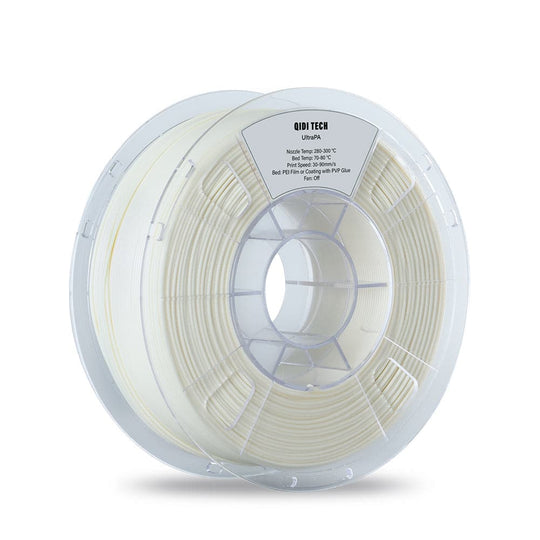Guest
Guest
Sep 11, 2024
10:01 AM

|
The Ultimate Guide to Choosing the Right 3D Printing Filament for Your Project
When embarking on a 3D printing project, one of the most crucial decisions you will face is selecting the appropriate filament. The type of filament you choose can significantly impact the quality, durability, and overall success of your print. In this guide, we will explore various types of filaments, their properties, and how to choose the right one for your specific needs. 
Understanding Different Types of Filament
There are several types of filament available in the market, each with unique characteristics. Here are some of the most common:
- PLA (Polylactic Acid): This biodegradable filament is user-friendly and ideal for beginners. It offers vibrant colors and a low printing temperature.
- ABS (Acrylonitrile Butadiene Styrene): Known for its strength and durability, ABS is suitable for functional parts but requires a heated bed to prevent warping.
- PETG (Polyethylene Terephthalate Glycol): Combining the best of both PLA and ABS, PETG is strong, flexible, and resistant to moisture.
- TPU (Thermoplastic Polyurethane): This flexible filament is perfect for creating rubber-like parts, such as phone cases or seals.
Key Properties to Consider
When selecting a filament, it is essential to consider several properties that can affect your print:
- Print Temperature: Different filaments require varying temperatures for optimal printing. Ensure your 3D printer can accommodate the filament's requirements.
- Strength and Flexibility: Depending on the intended use of your printed object, you may need a filament that offers either rigidity or flexibility.
- Adhesion: Some filaments adhere better to the print bed than others. This can influence the success of your print, especially for larger models.
- Finish: The surface finish of your print can vary based on the filament used. Consider whether you want a glossy or matte finish.
Choosing the Right Filament for Your Project
To choose the right filament, start by defining the purpose of your print. Are you creating a prototype, a decorative item, or a functional part? If you are unsure, consider the following:
- If you are a beginner, start with PLA for its ease of use.
- For functional parts that require durability, ABS or PETG may be more suitable.
- For flexible applications, opt for TPU.
Additionally, you can explore various filament options at  to find the best fit for your project. to find the best fit for your project.
Conclusion
In conclusion, selecting the right filament is vital for achieving successful 3D prints. By understanding the different types of filaments and their properties, you can make informed decisions that enhance your 3D printing experience. Whether you are a novice or an experienced user, the right filament can make all the difference in your project.
|